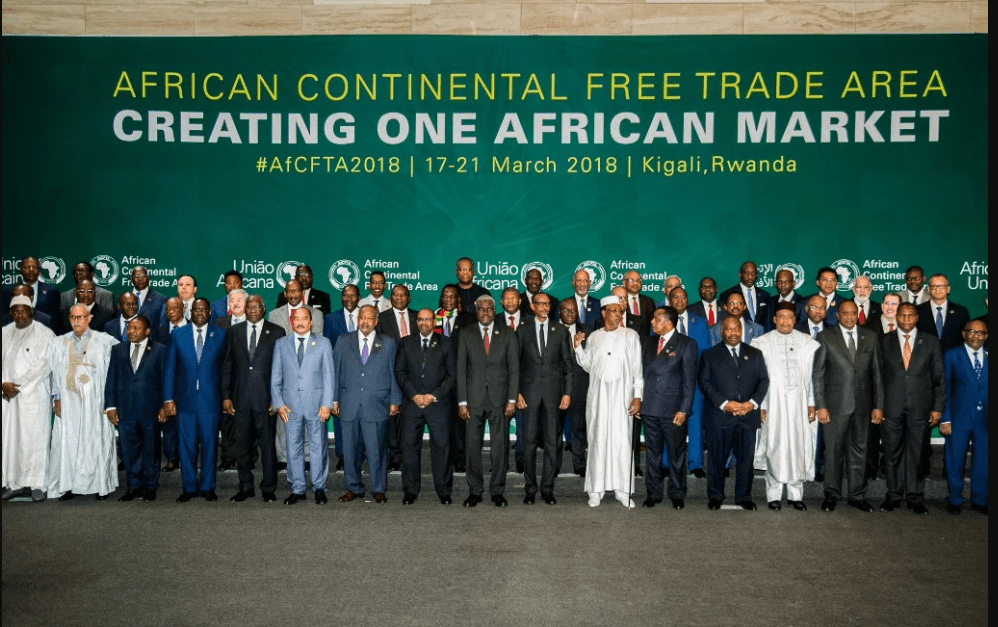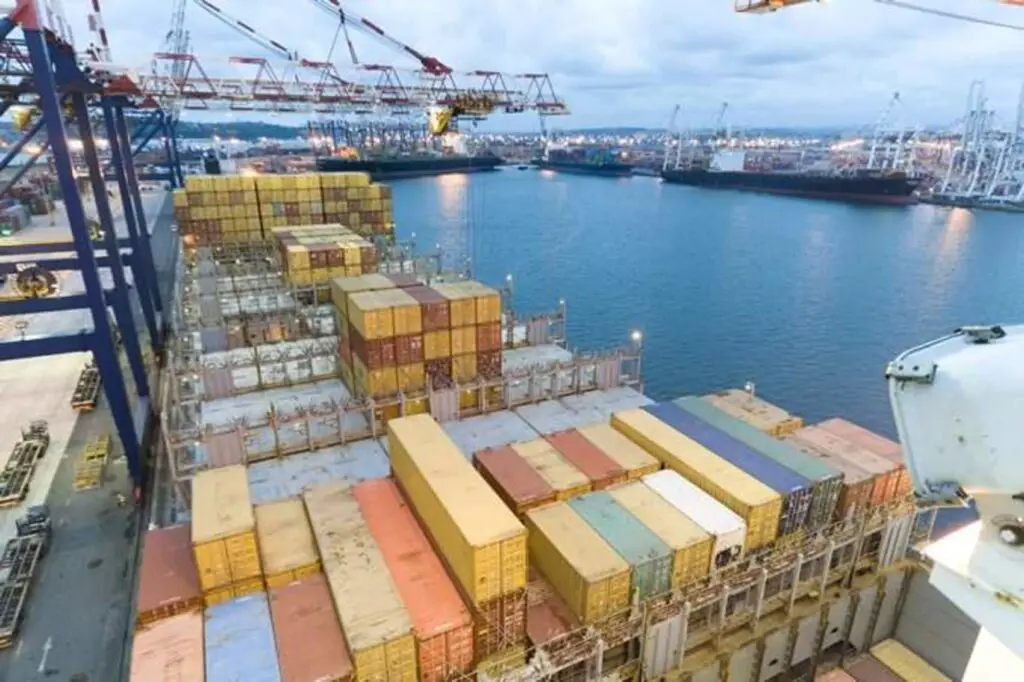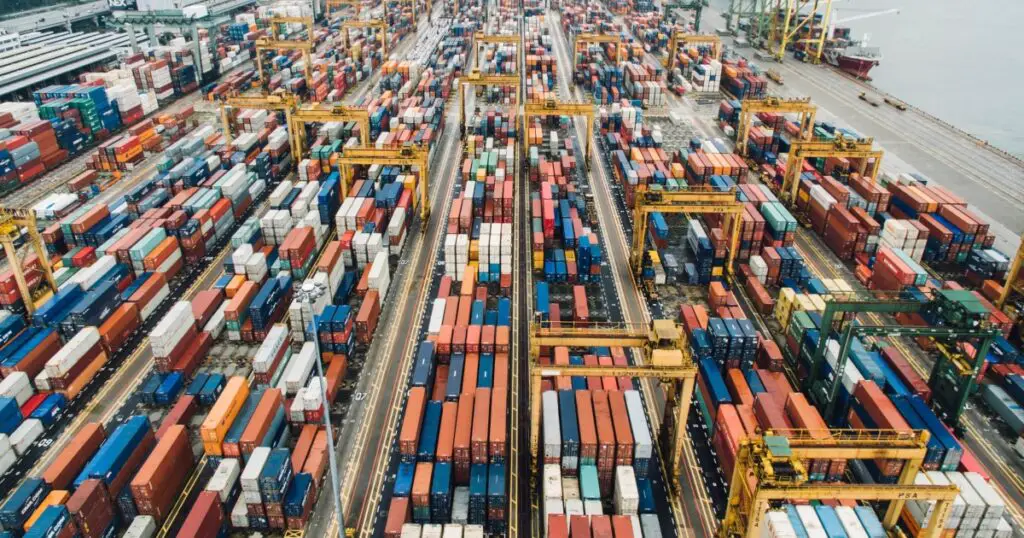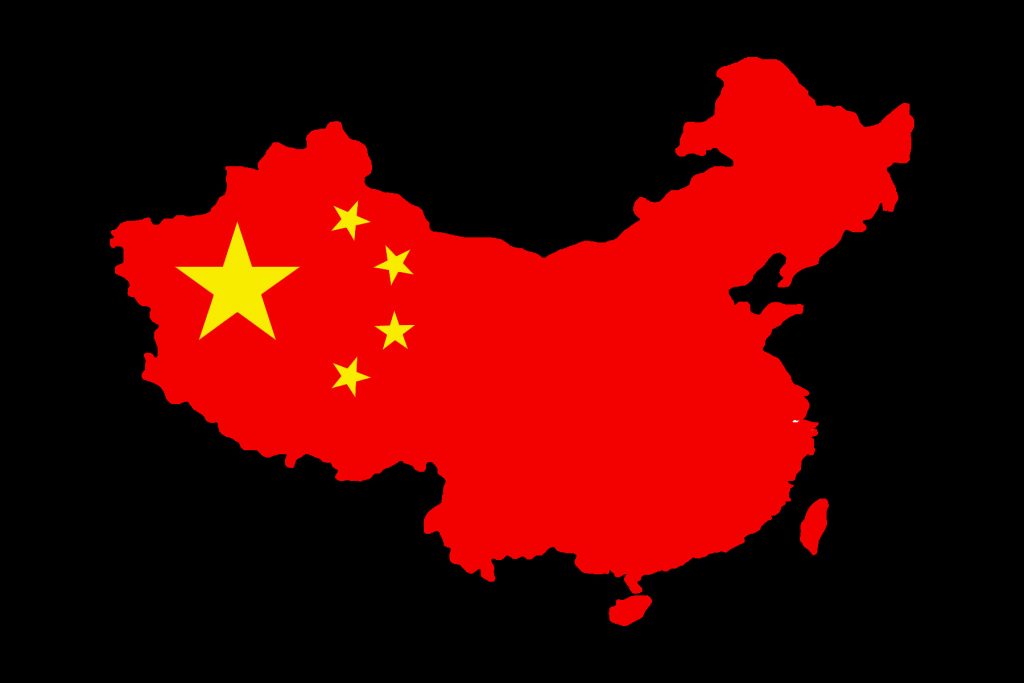- Africa’s new dawn: the rising role of digital and AI in agriculture
- Can Dangote Refinery Transform Africa Energy Ambition
- Gallup Survey: 80 per cent of Kenyan Workers Are Disengaged and Seek New Opportunities
- Madagascar Man Freed from 5KG Tumor After 15-Year Struggle
- How women in Africa are perceived and treated
- Sugar consumption in Kenya to Increase to 1.23 Million Tonnes
- Can Somalia and Turkey Oil deal Bring Change in Somaliland
- Remittances to Kenya dropped to $371.6 million in June, marking a six month low
Browsing: Global trade
- The programme, being implemented with the support of the World Customs Organisation (WCO), is aimed at bolstering the region’s private sector by encouraging participation in both regional and international trade.
- Intra-regional trade within the East African Community (EAC) is on an upward trajectory, standing at $10.17 billion as of September 2022 while total trade with the rest of the world stood at $62 billion, highlighting a need for further improvement. This represents a 20 percent share of Intra-trade to global trade.
- The digitisation of the CETs will see the region’s business community — exporters and importers- gain access to trade information from the private sector in international trade.
The East African Community (EAC) secretariat has embarked on the digitising its Common External Tariffs (CET) a move that is billed to encourage the countries’ participation in regional and international trade.
The CET is meant to protect the member countries of the …
For historic reasons, bilateral and regional trade in Africa has been hampered by trade routes designed for export away from the continent rather than for facilitating intra-Africa trade. Obstacles include long distances, inadequate transport services, and inefficient institutional and transit regimes.
In many landlocked African countries, economic centres are located several hundred kilometres away from the closest seaport. Overcoming geographic constraints or the lack of economies of scale caused by small transportation volumes is key for all countries, particularly transit countries. A renewed focus on the efficiency of transport and logistics services is long overdue, given that many countries retain policies that favour closed, small, and inefficient services markets.
By committing to no new barriers to services trade during the progressive liberalization process, at least in the five priority sectors—business, communication, financial, transport, and tourism services, and with declining trade costs—the transport sector is bound to expand.…
The practical implementation of the AfCFTA, the expanding middle class, the evolving consumer market, enhanced use of financial technology and services, and the efficiency of the vibrant private sector will all be enablers of African export diversification and long-term economic growth.…
In as far as global trade is concerned Africa has a central role to play. So critical is this role that should Africa be absent from the global trade equation the global economy simply will not prosper. Africa’s mining sector offers in 2022 and going forward a real opportunity for expansion.
Africa’s economic transformation will come from its ability to leverage the comparative advantage position its natural resources offer. Africa needs to become the seventh corridor of the Belt & Road Initiative (BRI). China will be able to enhance its dominance in the global economy if it does more to invest in and develop economic ties with Africa.
Currently the BRI in as far as Africa is concerned restricts the role of Africa to providing access to raw materials.…
UNCTAD argued that in the fourth quarter of 2021, all major trading economies saw imports and exports rise well above pre-pandemic levels of 2019. Moreover, the report pointed out that trade in goods increased more strongly in developing countries than in developed ones.
It is essential to realize that Africa has more to tap into the intra-African trade, standing at around $21.9 billion, according to UNCTAD.
Further, exports of developing countries were about 30 per cent higher than during the same period in 2020, compared with 15 per cent for wealthier nations.
The UNCTAD report argued that growth spiked in commodity-exporting regions as commodity prices increased. …
- Global trade will grow by 70 per cent from USD17.4 trillion to USD29.7 trillion by 2030, data by Standard Chartered has shown
- The Future of Trade 2030: Trends and markets to watch report reveals 13 markets that will drive much of this growth, identifies major corridors, and five trends shaping the future of global trade
- The research found that 10 per cent of global corporates currently do or plan to manufacture in Kenya within the next five to 10 years
Global trade will grow by 70 per cent from USD17.4 trillion to USD29.7 trillion by 2030, a new research by Standard Chartered has projected.
The Future of Trade 2030: Trends and markets to watch report reveals 13 markets that will drive much of this growth, identifies major corridors, and five trends shaping the future of global trade.
Kenya is a key driver of this global trade growth, with its exports …
However, long-term trends, assessed in decades rather than years, demonstrate that African countries are becoming increasingly appealing as investment locations. All of this is taking place in the world’s last demographic dividend region: Sub-Saharan Africa will soon be the only place on the planet with birth rates at or above replacement level. Telecommunications platforms, agribusiness, and energy are all emerging as new value chains.
However, the shift away from extractive sectors isn’t solely due to improved investment climates in Sub-Saharan Africa – extractives, for example, account for a lesser portion of total investment, but the rate fluctuates in reaction to oil prices. Other countries in the Global South have advanced, resulting in increased labour costs and mature consumer markets, implying reduced long-term profits.…
China has become the central manufacturing hub of many global business operations and any disruption in its output is expected to have repercussions elsewhere through regional and global value chains.
With the Asian country being an important cog in the wheels of production worldwide, the outbreak of coronavirus in Wuhan has affected many companies with China’s Manufacturing Purchasing Manager’s Index (PMI), a critical production index, falling by about 22 points in February.
According to UNCTAD, this index is highly correlated with exports and such a decline implies a reduction in exports of about 2 per cent on an annualized basis.
Considerable impact on the economy and society
In other words, the drop observed in February spread over the year is equivalent to -2 per cent of the supply of intermediate goods, adds the UN’s trade body.
On February 23, 2020, China’s President Xi Jinping, in a televised address said, “It …












